Blünke Janse van Rensburg is the mistress and mastermind behind Trotse Tert. A figure of femininity caught in an emblazoned desert of lonely hearts. Digital collage is a visual manifestation of her Old-Western-meets-neon-snake-pit aesthetic. Her creative practice integrates elements of self-empowerment, feminist rhetoric, religious iconography and sexuality.
Each element in her images is loaded with personal symbolism. Her encasing flames are symbolic of resounding endurance, “the fire within me hasn’t burned out yet. I haven’t given up. I’m still here and I’m gonna give it my all.” This juxtaposed with abundant bouquets of flowers are representative of emotional fragility. Slithering serpents further articulate Trotse Tert as a complex creative iteration. “I’m always scheming. Don’t brush off my mischievous looks. I’m pretty, but don’t step on me cause you’ll realise I’m poison.”

Trotse Tert was initially a mode of escapism, “I personally was feeling erg sad, lonely, bored, uninspired and that needed to change. So, I decided to get creative again and see where it goes. Out of my list of names, Trotse Tert stood out the most. Stuck in a boring town that had an aesthetic with potential, I saw my chance and grabbed it.” Blünke describes how Trotse Tert was a kind of salvation, “she was just the person I needed to be at that time to help me escape my current situation. Now she is much more than that. She’s out of Die Moot. She’s a bit older and much more confident.”
Her alter ego has developed from, “being a girl hanging out in dodgy dive bars with old disgusting men ogling at her, drinking the loneliness away and always going home with a broken heart and tears in her eyes ’cause this isn’t what she wanted for herself to leaving, making better decisions, taking responsibility and rescuing herself. Throwing petrol on the flame within her and moving on to better things.” Trotse Tert is an articulation of being one’s own proverbial knight in snake-skin armour.

Blünke is also interested in creating a communal-lonely space for catharsis. “The lonely desert is a space where all the loners could gather, coming together to embrace their loneliness. You have to love yourself, take care of yourself and focus on yourself and maybe the lonely desert is the perfect place to do so.” Her interests also extend beyond the digital screen and into fashion. “It’s still the beginning for me, I have so much that I need to so, so much that I want to do. I haven’t reached my full potential yet, so I’ll be working on that, pushing my work forward. I’ve been working on something for the longest time now and these digital art works is a teaser of what’s to come.”
Trotse Tert is still chasing dreams and bad boys in fast cars
drifting through the lonely dessert
fighting the loneliness with booze and cigarettes
erg poisonous and dangerous like her pet snakes
fuck cake, eat her tart instead
she’s ur queen now
Digital art – Trotse Tert
Photography – Koos Groenewald
Styling – Gavin Mikey Collins


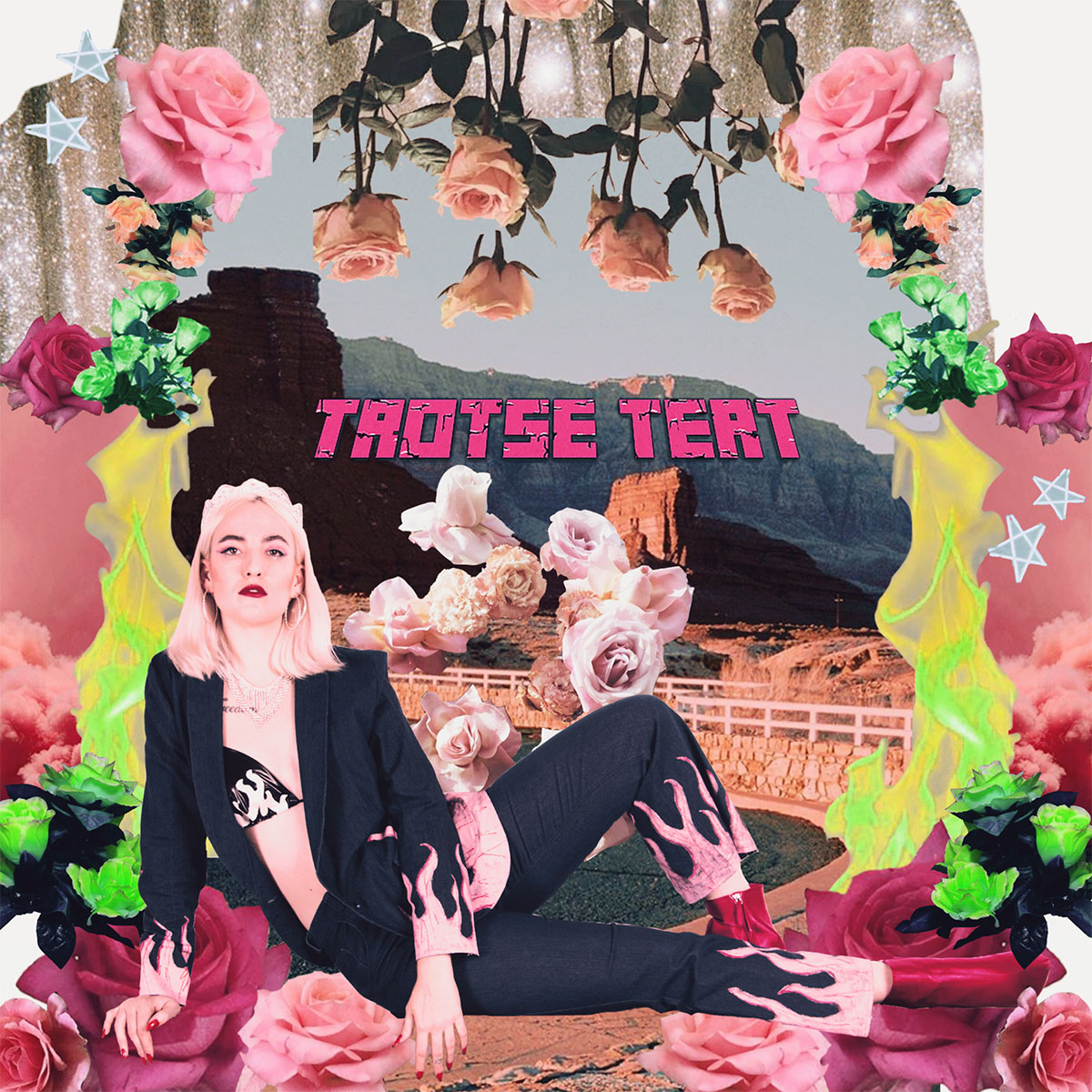







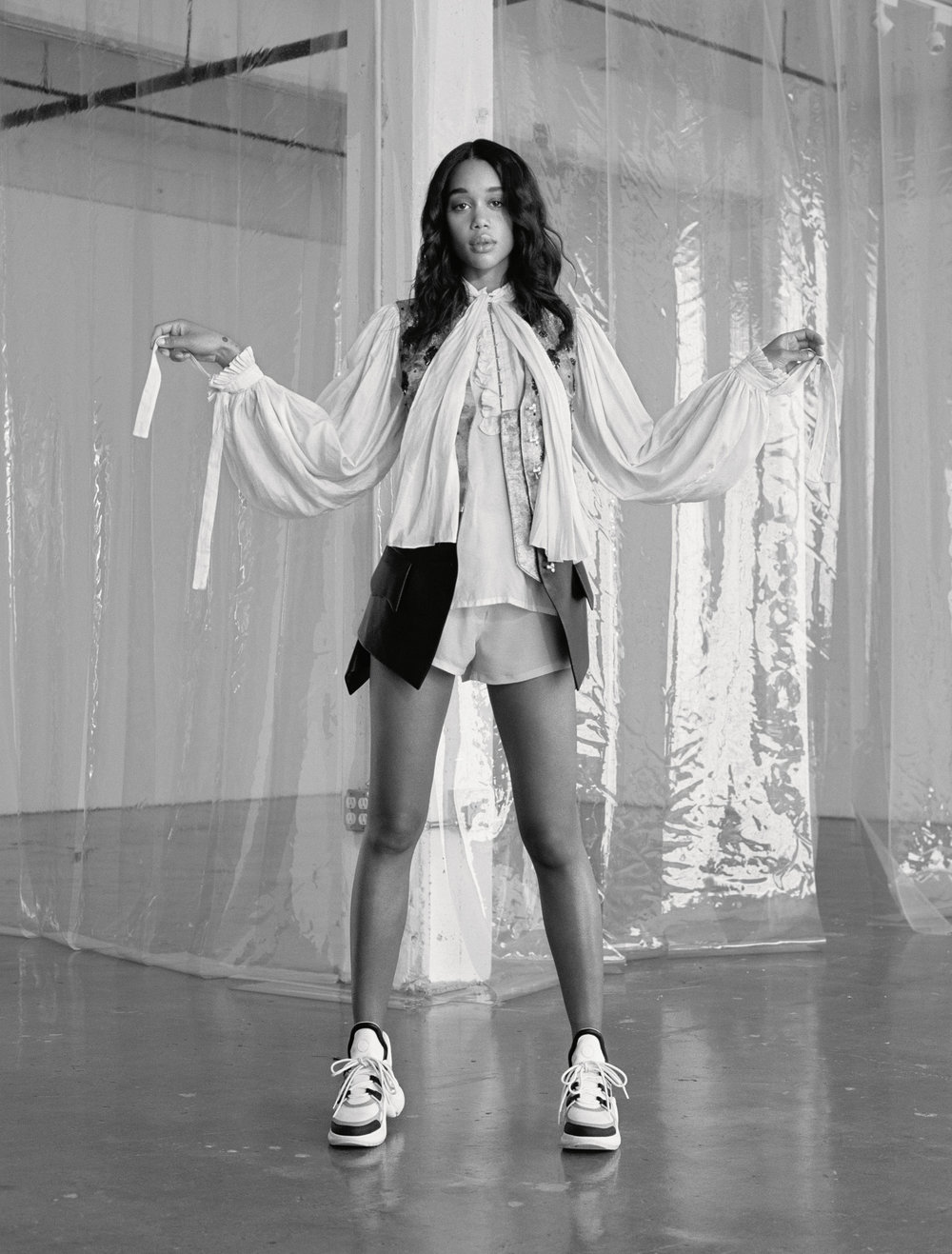
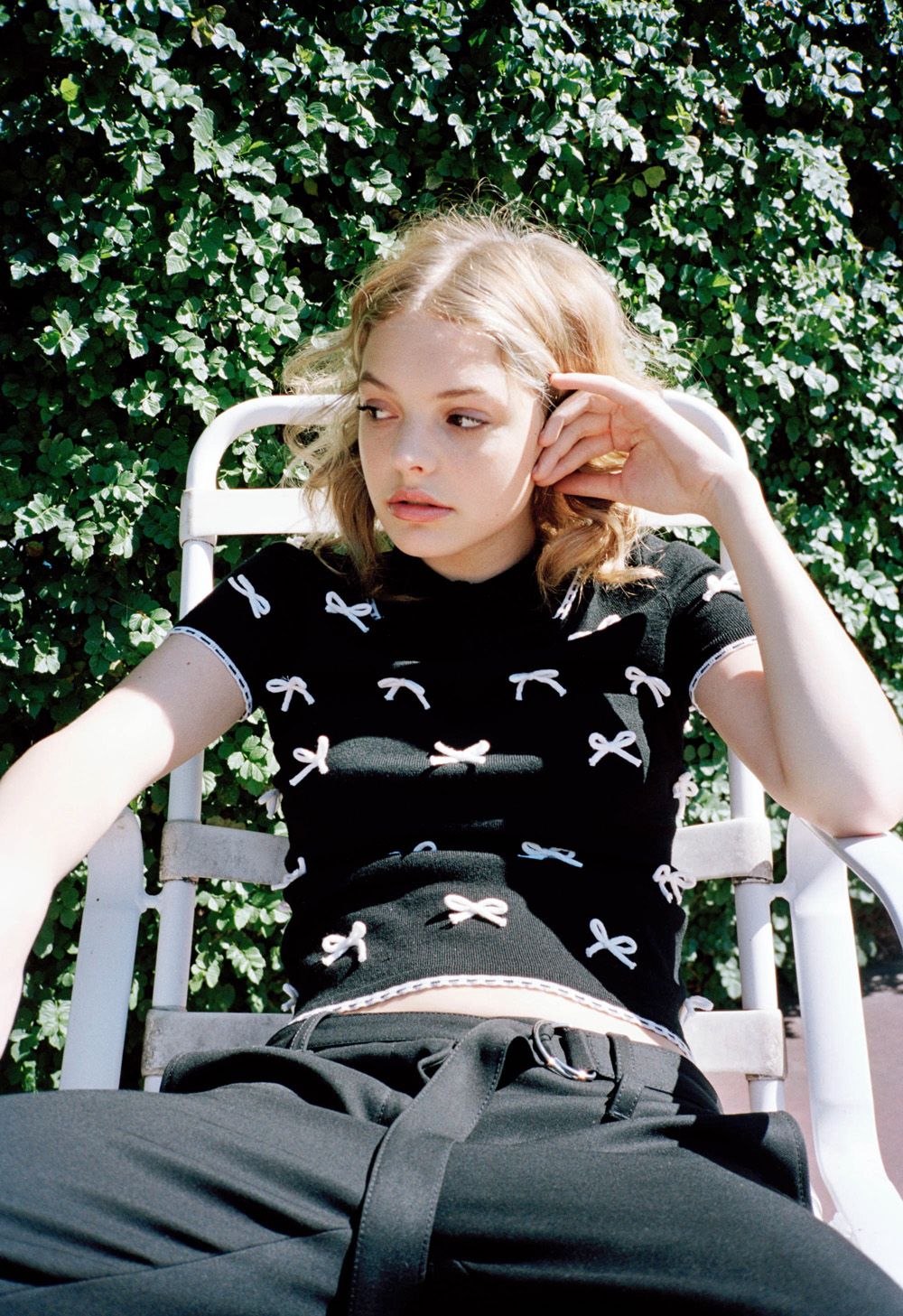
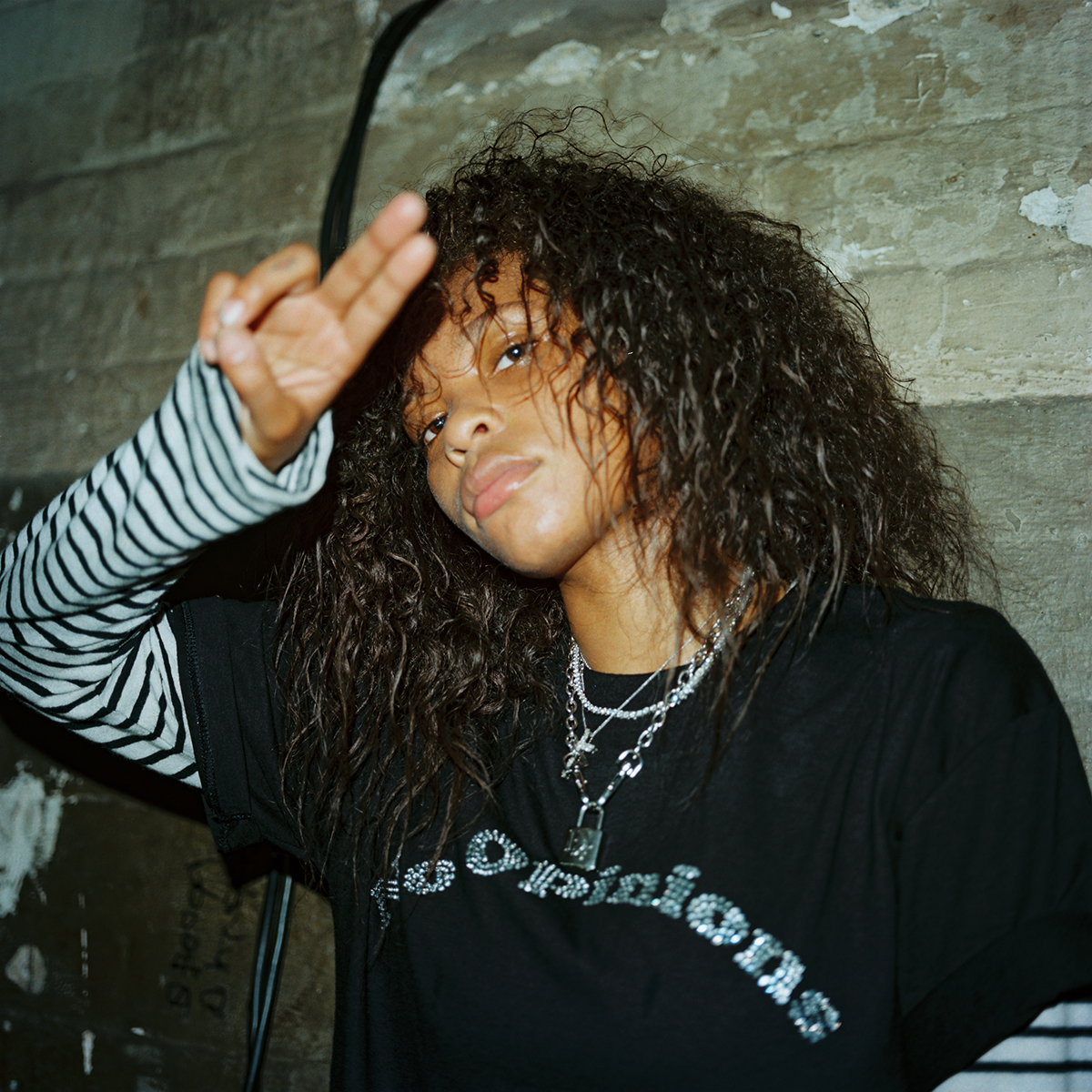
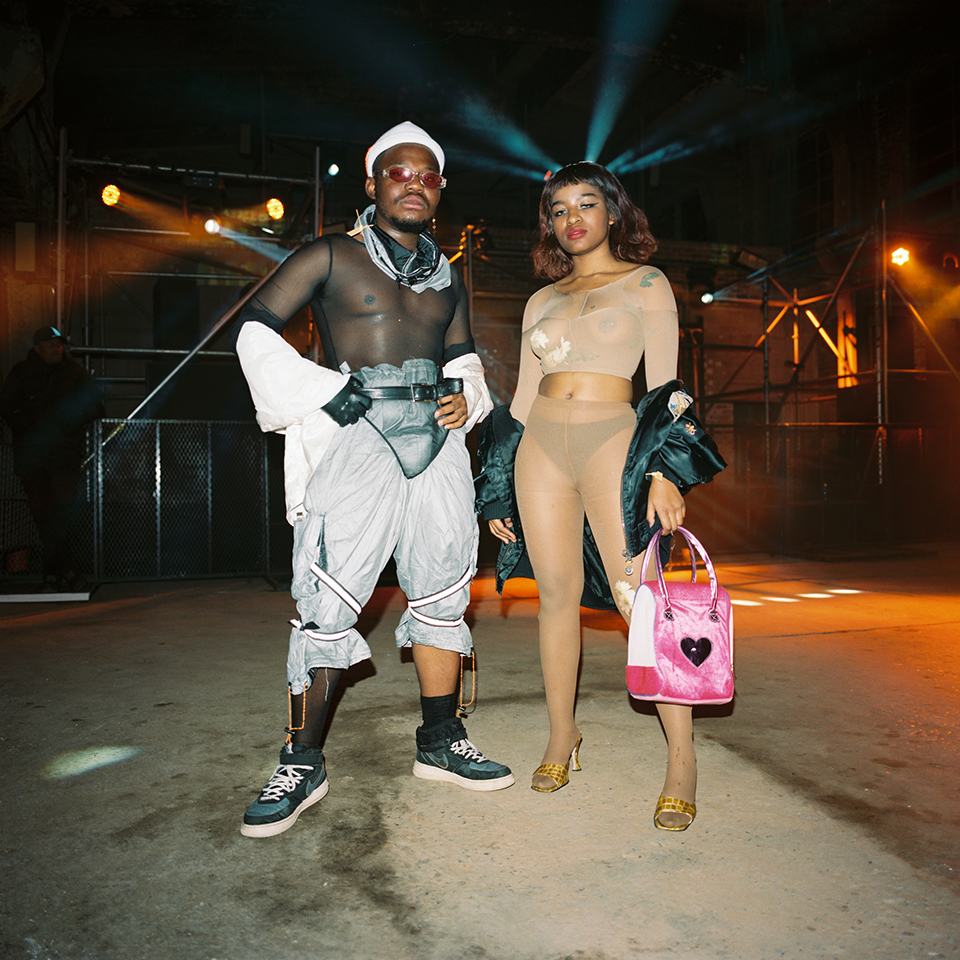
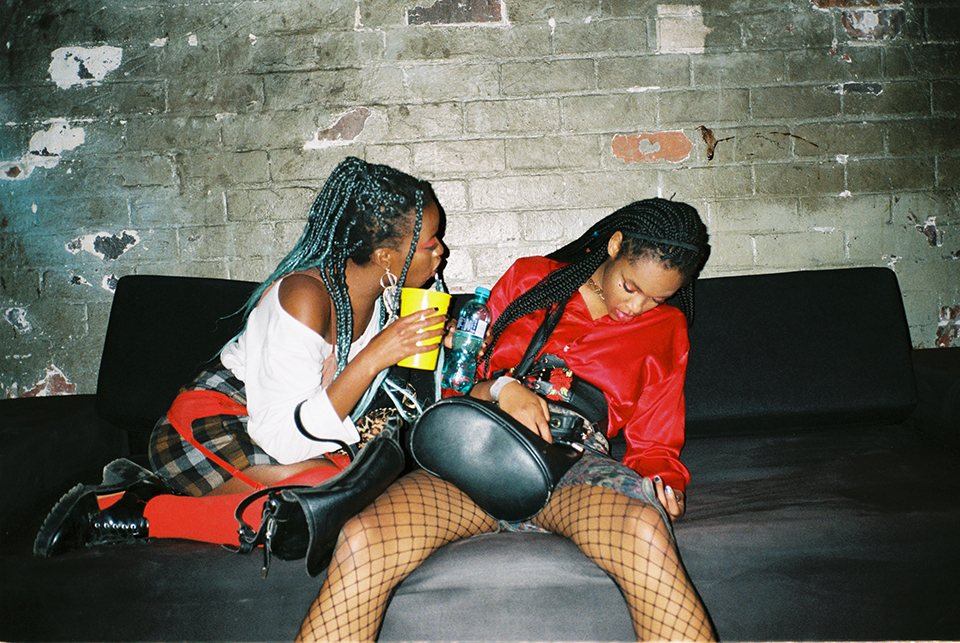






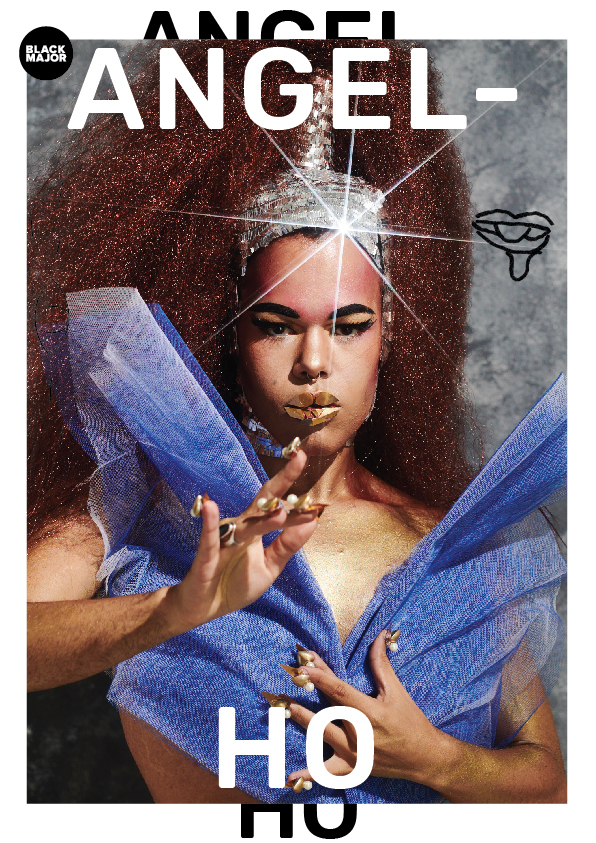



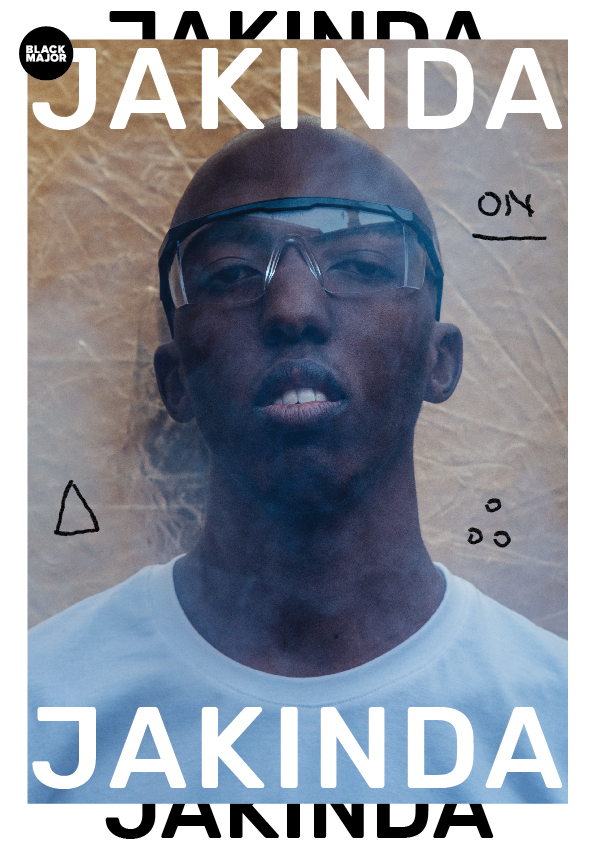









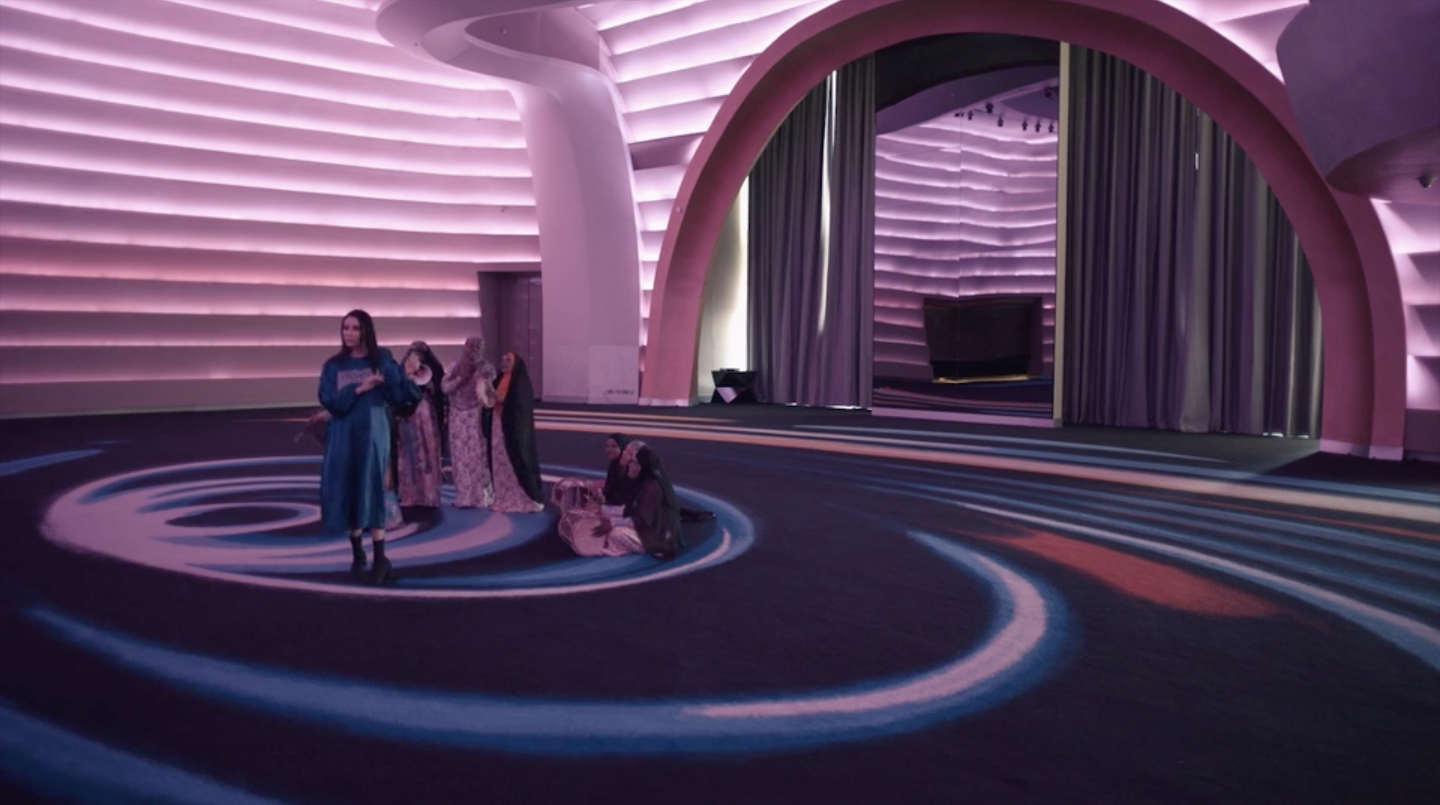
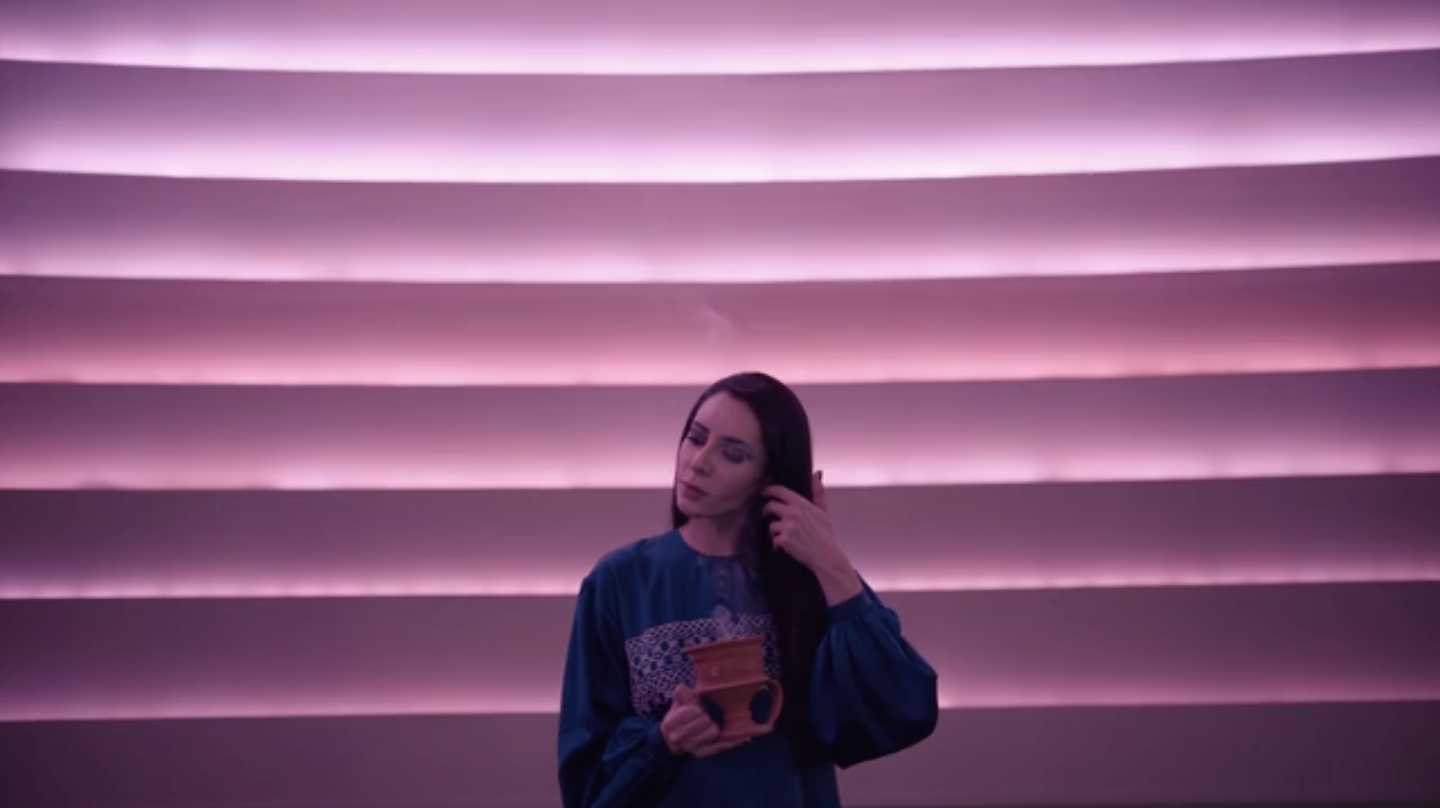



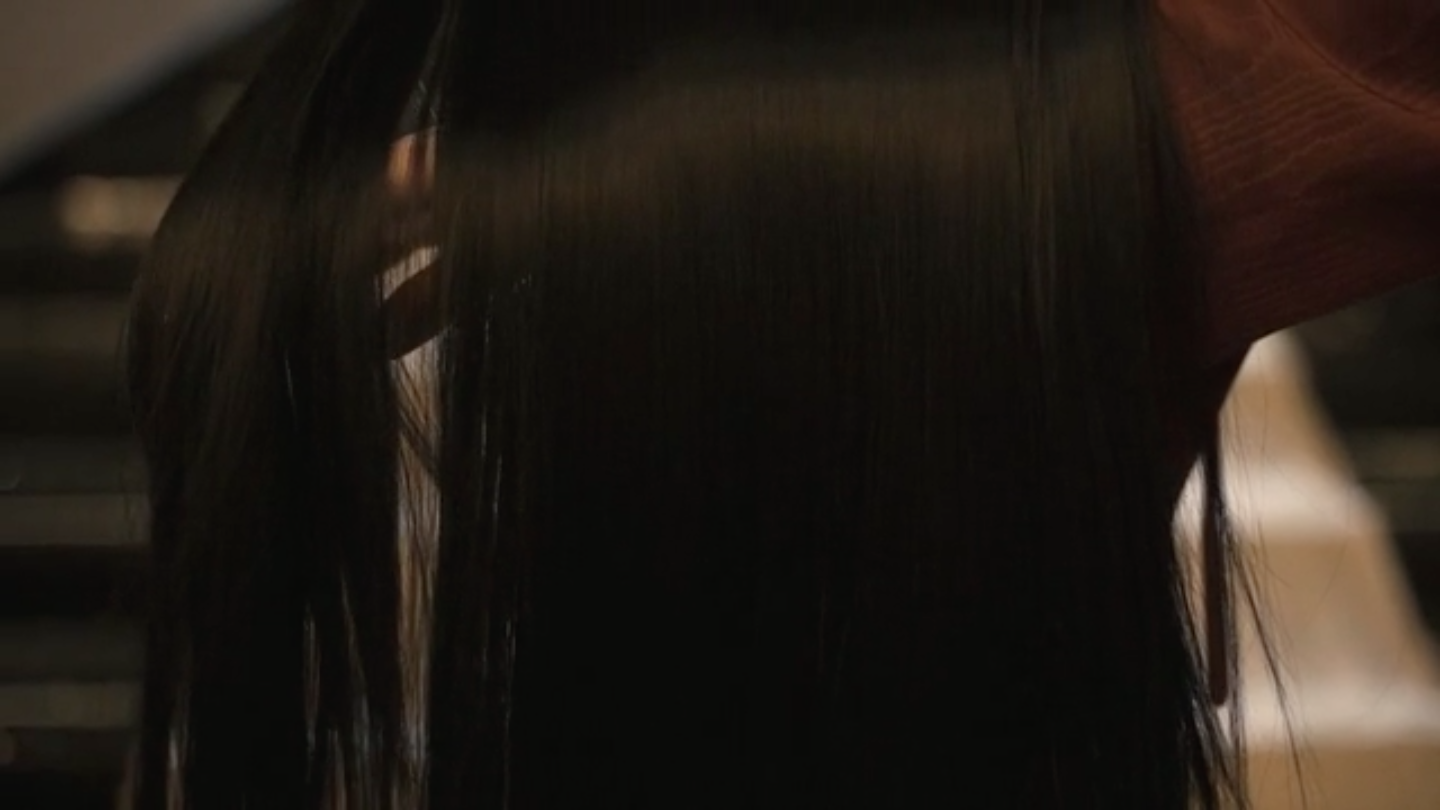




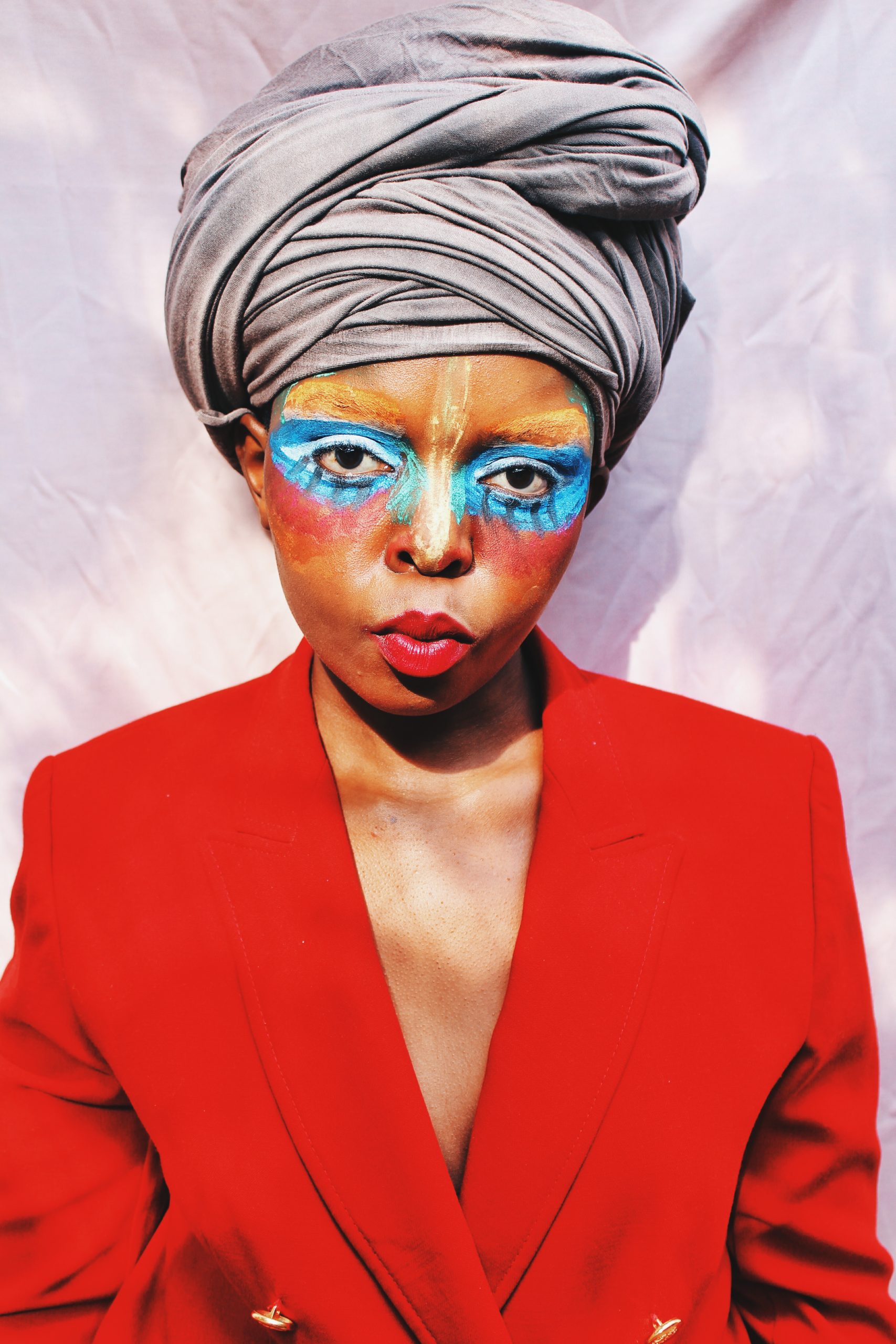

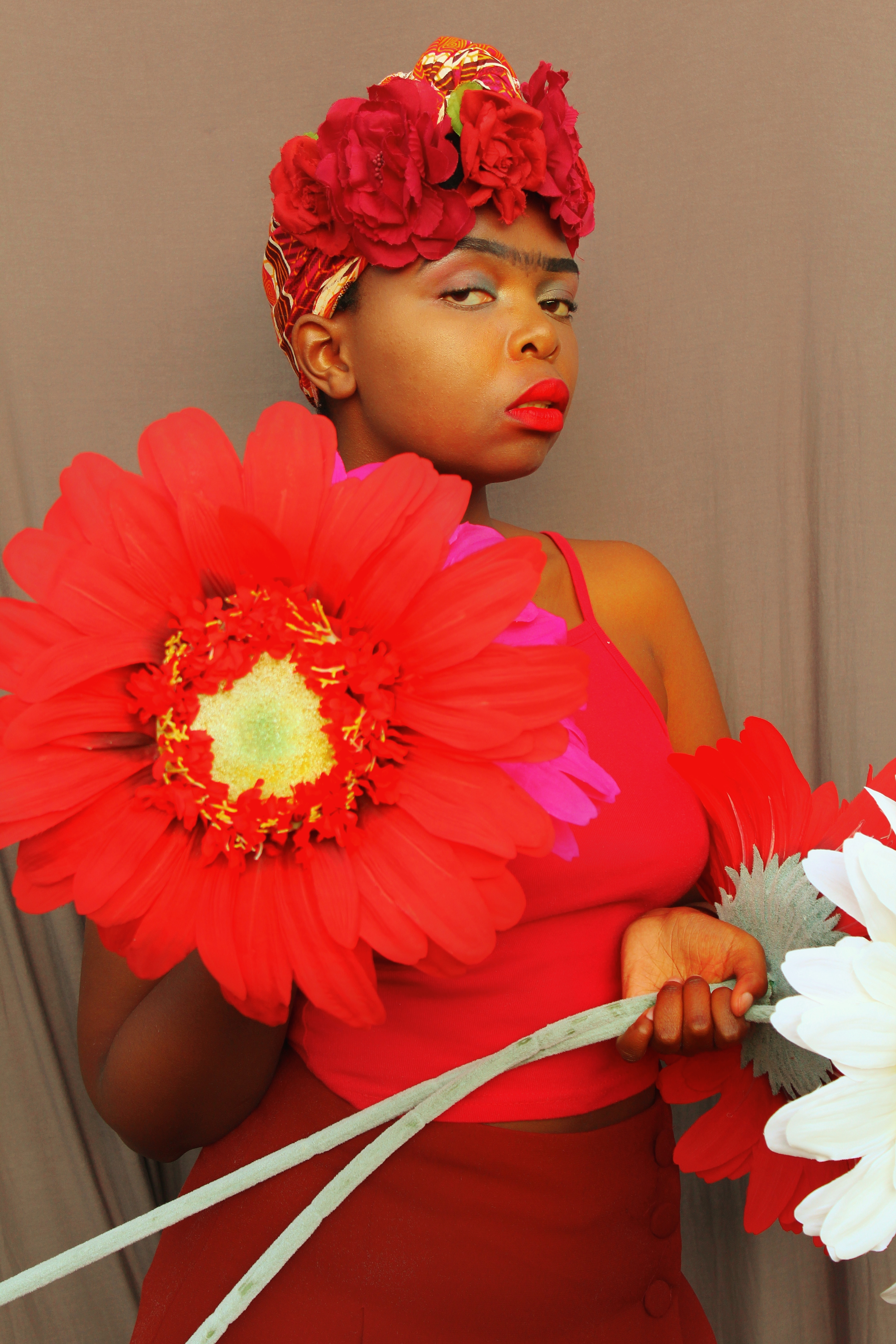

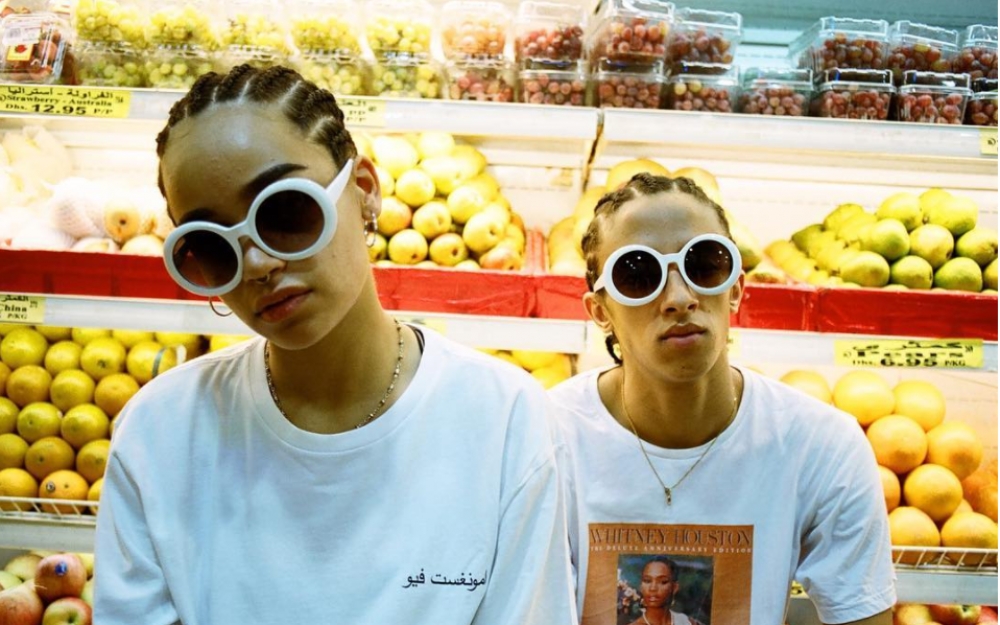


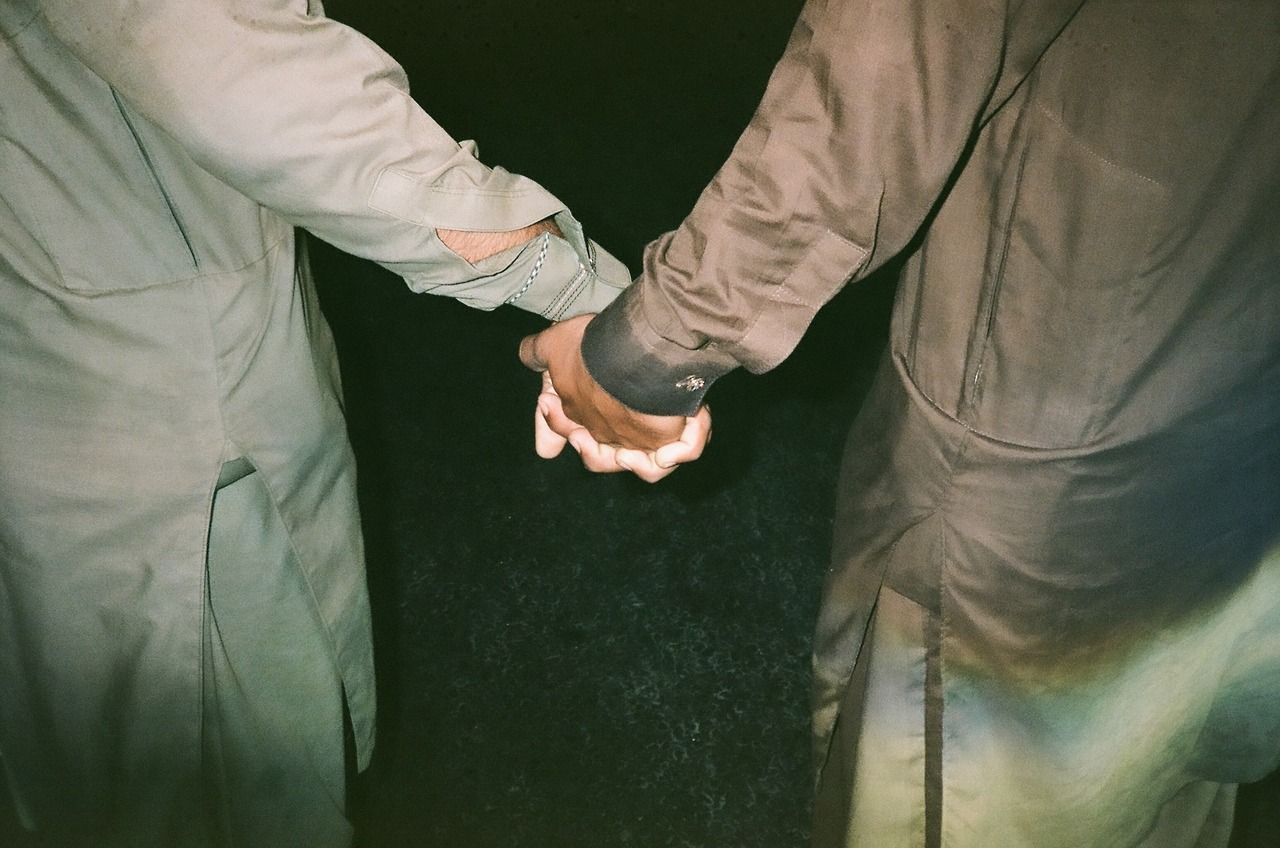


 Reflecting on her journey Fani states, “I was a stylist for many years, doing TV ads, stills campaigns and editorials. I would often source the models for these jobs and started to really enjoy that side of it. I joined an agency at 17 and in my twenties I started working there, learning different sides of the business.”
Reflecting on her journey Fani states, “I was a stylist for many years, doing TV ads, stills campaigns and editorials. I would often source the models for these jobs and started to really enjoy that side of it. I joined an agency at 17 and in my twenties I started working there, learning different sides of the business.”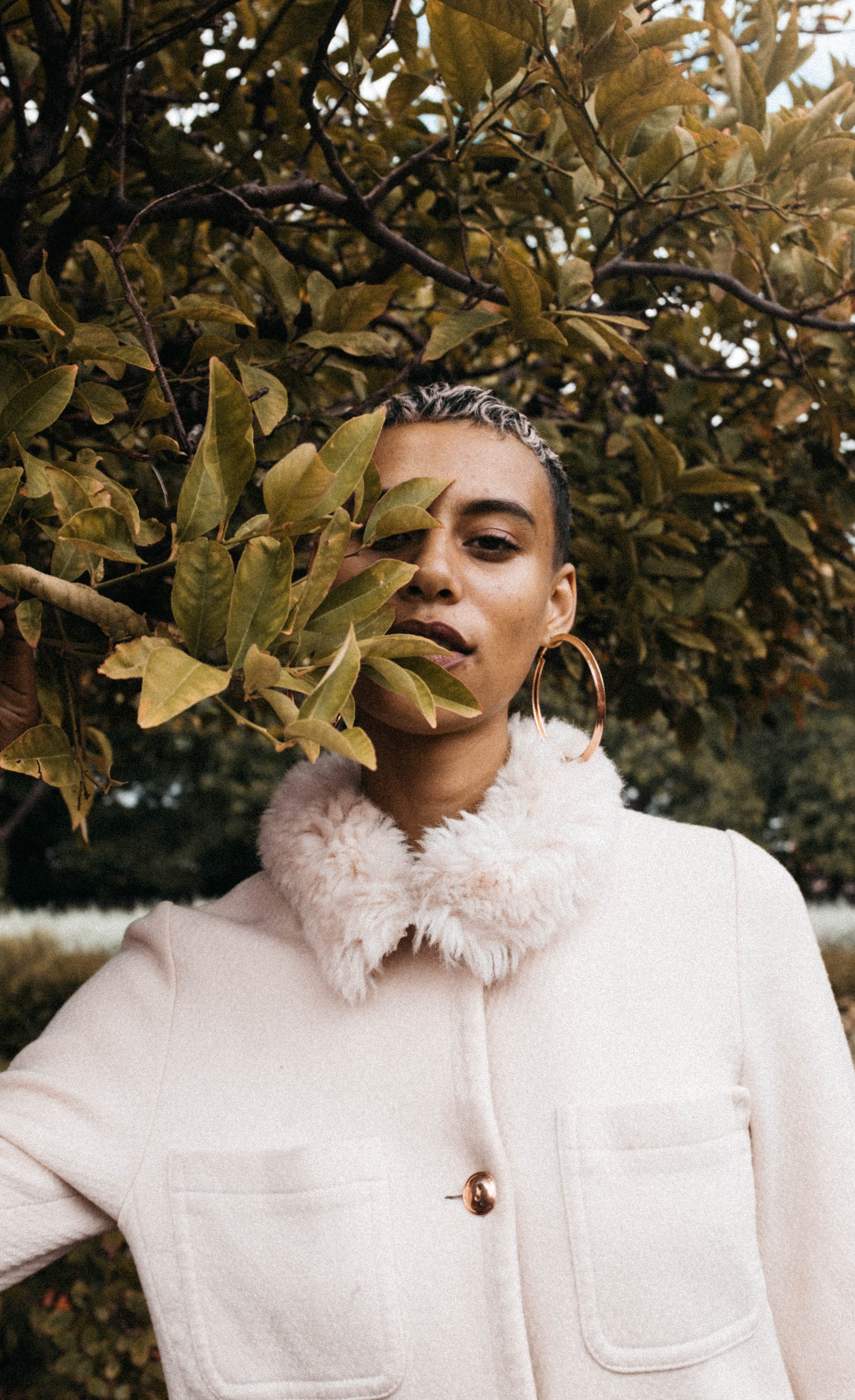 Although Fani is no longer as invested in fashion as she had been before, she is “dipping” her toes back into styling and collaborating with photographers to create images for Fantastic.
Although Fani is no longer as invested in fashion as she had been before, she is “dipping” her toes back into styling and collaborating with photographers to create images for Fantastic. Fani expresses, “In an industry based largely on image and appearance, I am trying to shift the focus to better represent the people who are often overlooked or excluded. I hope to push the importance of self-love, by supporting and building up my models so that this industry is a source of happiness and excitement for them and not one of anxiety and frustration. I really believe that representation in the modelling world is so vital and I hope that can translate through the work I am doing at Fantastic.”
Fani expresses, “In an industry based largely on image and appearance, I am trying to shift the focus to better represent the people who are often overlooked or excluded. I hope to push the importance of self-love, by supporting and building up my models so that this industry is a source of happiness and excitement for them and not one of anxiety and frustration. I really believe that representation in the modelling world is so vital and I hope that can translate through the work I am doing at Fantastic.”



